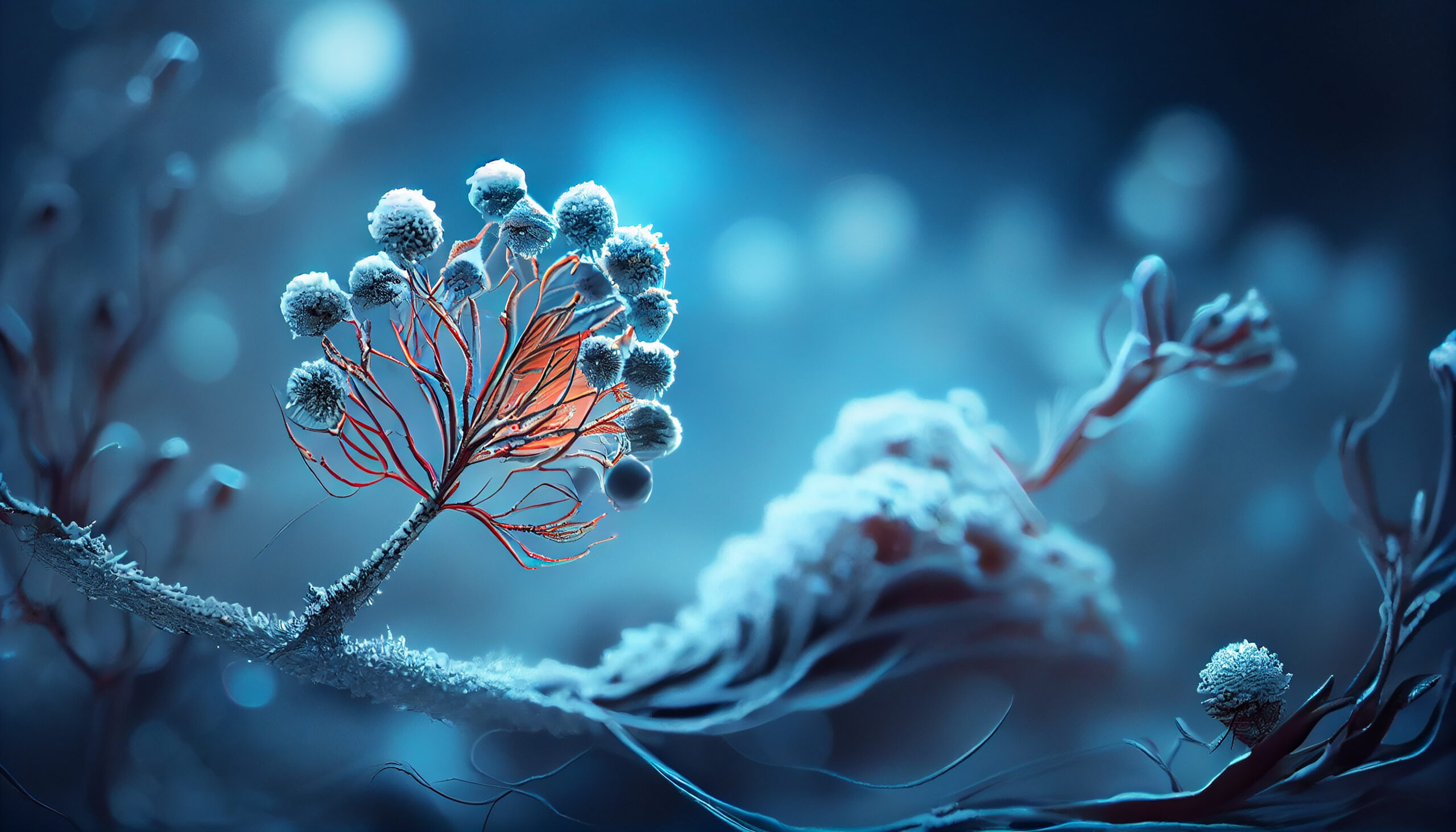Cindovies, mysterious creatures that captivate both scientists and nature enthusiasts alike. These tiny marine organisms may seem unassuming at first glance, but their life cycle and habits tell a fascinating story of survival and adaptation in the vast ocean depths. Join us on a journey as we delve into the intricacies of Cindovies, from their daily routines to the habitats they call home. Get ready to explore the hidden wonders of these elusive beings!
The Life Cycle of Cindovies
Cindovies, fascinating creatures found in freshwater habitats, undergo a remarkable life cycle that is both intriguing and vital to their survival. These tiny fish start as eggs laid by adult Cindovies in shallow waters where they are safe from predators. Once hatched, the young fish spend their early days feeding on microscopic organisms until they grow into juveniles.
As juveniles, Cindovies navigate the waters seeking shelter among aquatic plants and rocks while continuing to feed and grow. With time, these juvenile fish mature into adults with distinctive coloration and patterns that help them blend into their surroundings for protection against predators. The adult Cindovies then engage in activities like mating rituals to ensure the continuation of their species.
The life cycle of Cin-dovies is a testament to the resilience and adaptability of these small but mighty fish as they navigate through different stages of growth in their habitat.
Habits of Adult Cindovies
Adult Cindovies are fascinating creatures with intriguing habits that set them apart in the underwater world. These small fish are known for their nocturnal behavior, preferring to be active during the nighttime hours when they hunt for food and socialize with their own kind.
Their diet consists mainly of small crustaceans and plankton, which they skillfully capture using their specialized mouthparts. Adult Cindovies are also adept at camouflaging themselves among coral reefs or rocky crevices to avoid predators and ambush prey.
When it comes to social interactions, adult Cindovies exhibit complex communication patterns through subtle body movements and fin displays. They form tight-knit groups within their habitat, establishing hierarchies based on size and dominance.
Despite being relatively small in size, adult Cindovies display remarkable agility and speed when navigating through their marine environment. Their streamlined bodies allow them to swiftly maneuver around obstacles while evading potential threats lurking in the depths below.
Habitat Requirements for Cindovies
Cindovies, small freshwater fish native to the rivers of South America, have specific habitat requirements crucial for their survival. These tiny creatures thrive in clear, oxygen-rich waters with a moderate current. They prefer habitats with plenty of aquatic vegetation where they can hide and seek shelter from predators.
The ideal environment for Cindovies includes sandy or gravel substrates and submerged roots or branches where they can lay their eggs during breeding season. The water temperature should be consistent and within a narrow range to support their metabolic functions effectively.
Cindovies are sensitive to changes in water quality, especially concerning pH levels and pollutants. Therefore, maintaining clean water free from contaminants is essential for their well-being. Providing a suitable habitat that mimics their natural ecosystem is vital for the health and survival of Cindovies in captivity as well as in the wild.
Breeding and Reproduction of Cindovies
Breeding and reproduction are crucial stages in the life cycle of Cindovies. These small, freshwater fish have unique mating behaviors that contribute to their survival as a species.
During breeding season, adult Cin-dovies exhibit vibrant colors and perform intricate courtship rituals to attract a mate. The males often display their fins and chase each other in an elaborate dance to impress potential partners.
Once a pair has bonded, the female will lay her eggs on submerged vegetation or rocks while the male fertilizes them externally. This external fertilization method is common among many fish species and helps ensure successful reproduction for Cindovies.
After fertilization, the eggs develop into larvae within a few days. The parents play no role in caring for the offspring, leaving them vulnerable to predation until they can fend for themselves in their natural habitat.
Understanding the breeding and reproductive habits of Cindovies sheds light on how these fascinating creatures continue to thrive in their aquatic environment.
Threats to the Survival of Cindovies
Cindovies, like many other species, face various threats to their survival in the wild. One significant threat is habitat destruction due to human activities such as deforestation and urbanization. These processes can disrupt the natural ecosystems where Cindovies thrive, making it challenging for them to find suitable environments for feeding and breeding.
Pollution is another major concern for Cindovies. Water pollution from agricultural runoff, industrial waste, and plastic debris can contaminate their habitats and affect their health. Toxic substances in the water can harm not only adult Cindovies but also their eggs and larvae, impacting the overall population.
Overfishing is a pressing issue that puts additional pressure on Cindovie populations. Unregulated fishing practices can deplete their numbers rapidly, leading to imbalances in marine ecosystems where they play a crucial role as prey for larger predators.
Climate change poses a long-term threat to Cindovies by altering ocean temperatures and acidity levels. These changes can disrupt their natural behaviors and migration patterns, making it harder for them to adapt to shifting environmental conditions.
To ensure the continued existence of these fascinating creatures, conservation efforts must address these threats comprehensively through sustainable management practices, habitat restoration initiatives, pollution control measures, and international cooperation among stakeholders dedicated to protecting marine biodiversity.
Conservation Efforts for Cindovies
Conservation efforts for Cindovies are crucial in ensuring the survival of this unique species. Various organizations and researchers have been actively involved in studying and protecting these tiny creatures. One key initiative is raising awareness about the importance of preserving Cindovie habitats, such as freshwater streams and rivers.
Efforts to reduce pollution and maintain water quality play a significant role in supporting healthy Cindovie populations. Additionally, implementing sustainable fishing practices helps prevent overexploitation of these small fish. Creating protected areas where Cindovies can thrive undisturbed also contributes to their conservation.
Collaboration between scientists, policymakers, and local communities is essential for developing effective conservation strategies for Cindovies. By working together towards common goals, we can help safeguard the future of these fascinating aquatic organisms.
Conclusion
Understanding the life cycle of Cindovies is crucial for their conservation. From their habits to habitat requirements, every aspect plays a vital role in ensuring their survival. By learning about the breeding and reproduction patterns of Cin-dovies and being aware of the threats they face, we can take steps to protect these unique creatures.
Conservation efforts are underway to safeguard the future of Cindovies, but it requires collective action. By raising awareness, supporting research initiatives, and promoting sustainable practices, we can help preserve the habitats that these fascinating fish rely on.
Let’s work together to ensure that Cin-dovies continue to thrive in their natural environments for generations to come. Through education and advocacy, we can make a difference in protecting these remarkable species.









